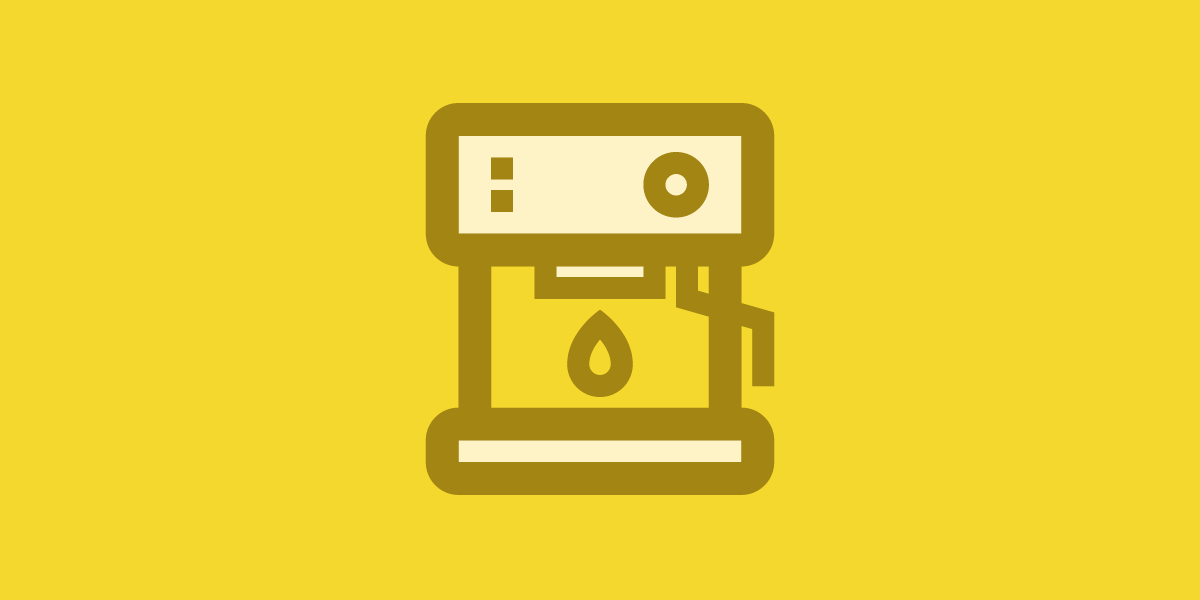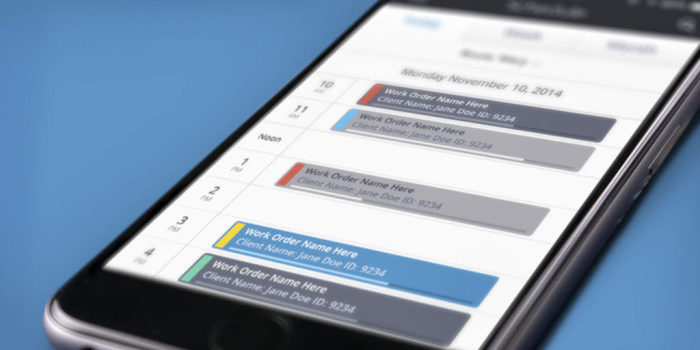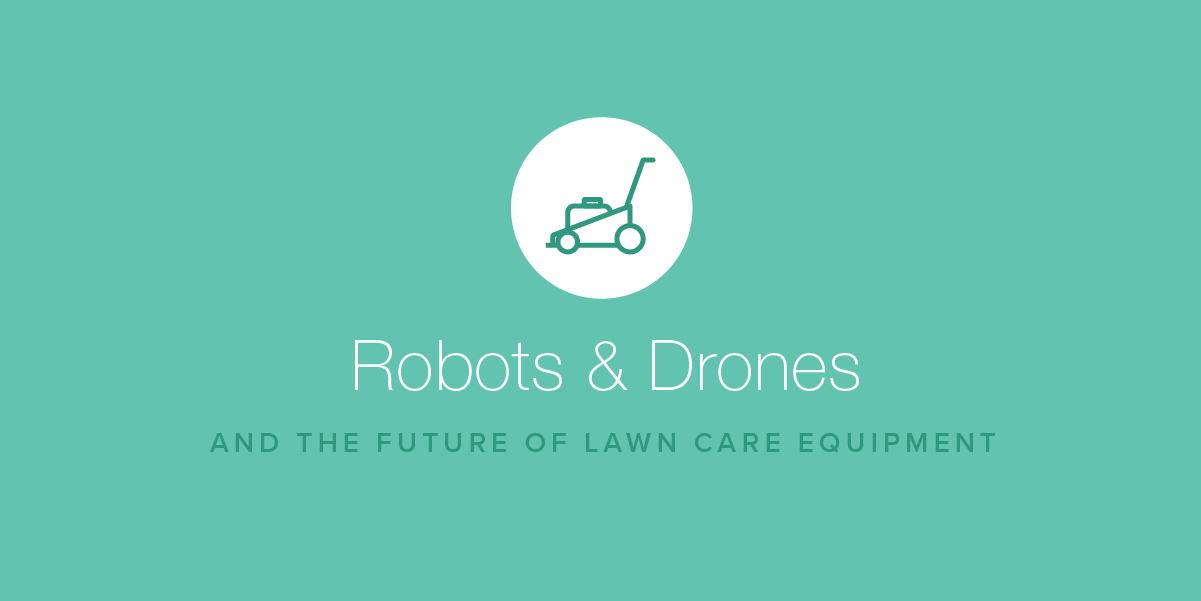Managing Employee Breaks for Field Service Teams
- April 2, 2017
- By: Vonigo
The nature of your business requires a lot of trust in your team. Field service software can schedule employees and keep records, but the efficiency and conduct of your team can sometimes be shrouded in mystery. One thing that can affect your scheduling and profitability? Break times.
Let’s first assert that breaks are awesome for your employees. Taking short breaks are scientifically proven to improve concentration. Considering the detailed work that your employees are performing, being fully present for the job at hand is important.
Taking breaks to enjoy a lunch or a great cup of coffee can also contribute to improvements in mood – the Journal of Occupational and Organizational Psychology confirms it. So instead of wondering about how often your teams are taking breaks, we suggest you focus instead on promoting good break culture.

What is Break Culture?
We just made that up, but the name has roots: as we’ve written, the culture of your team is important to employee happiness and performance. Break “culture” is just the way that your team approaches and considers their break times when they are on the clock.
If you’re a boss who micromanages their employees, tapping their watch as soon as someone mentions “fresh cup,” you’re telling your employees that you don’t trust them, and that they don’t deserve the break.

How Can I Foster Positive Break Culture?
By recognizing that the works your teams are doing can be hard, and making it known that you value their rest. If it helps, tell them about the journal article we linked to above. Don’t be shy about letting your team know that breaks are important, and that you require them to take them regularly.
Maybe it’s coffee breaks on either side of their lunch breaks. Or maybe you always encourage them to take some time out after completing a job before getting behind the wheel again.
When you pair gratitude with a little extra downtime, your employees appreciate that their hard work doesn’t go unnoticed.
Positive break culture isn’t about having breaks whenever your employees feel like taking one. It’s about respecting the work of your team, establishing clear guidelines, and knowing that they respect you right back.

What Else Can I Do?
Knowing what your employees need out of a break is a great way to help them be more productive on the job. Not all team members drink it, but to some, coffee is very important. The quality of the office coffee maker is closely connected to job satisfaction for many, at least while they are enjoying that first cup.
Can they get a refill on their route? Is a company coffee card policy warranted? You may feel like this is a lot of work to put into the downtime of your business. But when your employees know that they are going to be able to get the relaxation and headspace that they need out of their offtime, they are more apt to put their energy into the work at hand.
Keep an open door and hear your employee’s needs: listening to their needs help you build a better break culture.

Check In with Your Team About Scheduling and Team Dynamics
You might notice that one team outperforms the rest. It’s almost always the case, and it’s why route optimization is so important — but we digress. What is that team’s secret? Protein powder? Sit-ups? No. It’s the makeup of their team.
Examining the balance of a given squad will tell you a lot about what a successful dynamic looks like, and how you can shuffle other teams to mimic this success in other parts of your team.
Don’t confuse “managing breaks” with “micromanaging.” Nothing discourages employees more than the feeling that their boss doesn’t trust them. Instead, work on fostering a positive break culture by communicating with your team about what would make their breaks better, and in turn, their jobs easier.
You might be surprised by the productivity boosts you see as a result of empowering your team to take a little time “off the clock” between jobs, or at planned intervals throughout the day.



